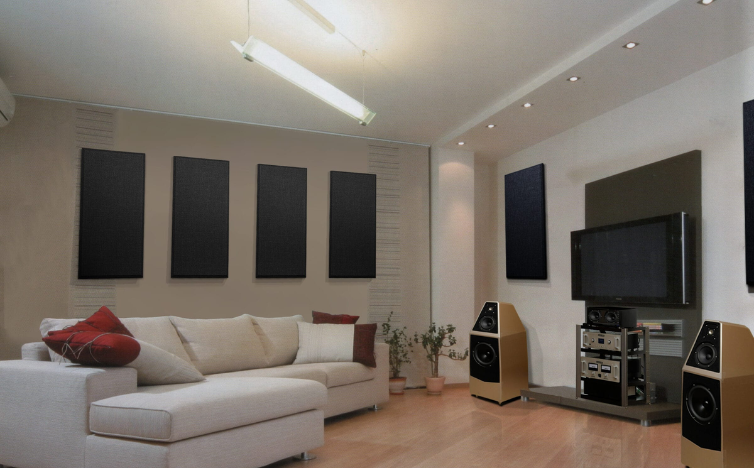Noise pollution can disrupt productivity, relaxation, and overall well-being. Simply adding sound-absorbing materials isn’t enough—you must focus on the right areas to achieve true quiet. Effective soundproofing blocks unwanted noise while enhancing comfort in homes, offices, and studios.
Key Areas to Soundproof for Maximum Quiet

1. Walls: The First Line of Defense
Walls transmit sound easily, especially in shared spaces. Solutions include:
- Mass-loaded vinyl (MLV) – Adds density to block sound.
- Acoustic panels – Absorbs mid-to-high frequencies.
- Double drywall with Green Glue – Reduces vibrations.
2. Doors and Windows: Common Weak Points
Gaps around doors and thin glass let noise slip through. Fixes:
- Weatherstripping & door sweeps – Seals gaps.
- Solid-core doors – More mass than hollow doors.
- Double or laminated glass windows – Dampens outside noise.
3. Floors and Ceilings: Stopping Impact Noise
Footsteps and airborne sounds travel vertically. Solutions:
- Carpet or thick rugs – Absorbs impact noise.
- Acoustic underlayment – Reduces floor vibrations.
- Drop ceilings with soundproof tiles – Blocks overhead noise.
4. HVAC and Ductwork: Hidden Noise Pathways
Air vents and pipes carry sound between rooms. Mitigate with:
- Acoustic duct liners – Absorbs vibration noise.
- Flexible duct connectors – Reduces mechanical noise transfer.
Choosing the Right Soundproofing Method
- For airborne noise (voices, TV): Use dense barriers (MLV, drywall).
- For impact noise (footsteps, furniture): Use decoupling (resilient channels, underlayment).
- For echo/reverberation: Add absorbers (acoustic panels, foam).
Call us: Contact DeSound Soundproofing Expert in Dubai For Soundproofing: +971 56 231 4204
Conclusion
True quiet comes from targeting weak spots—walls, doors, floors, and ducts. By addressing these key areas with the right materials, you can create a peaceful, noise-free environment.

